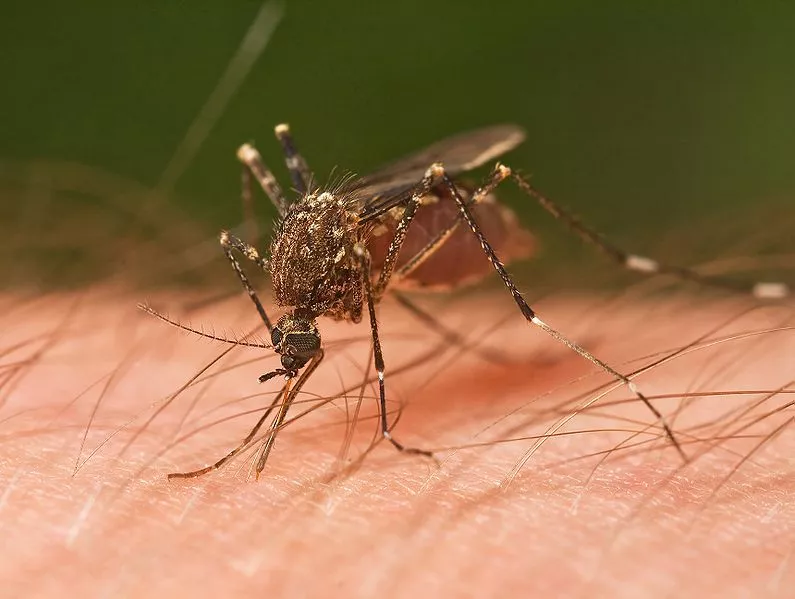To most Gizmag readers, mosquitoes are at most a pesky nuisance - for others of course, particularly in more tropical areas, they're a genuine killer, spreading all sorts of diseases as they feed on the blood of their victims. Either way, the female mosquito's habit of biting humans puts mozzies high on the list of most hated insects. So many will appreciate a new study from Kansas State University, in which researchers have successfully used nanoparticles impregnated with gene-silencing dsRNA to specifically target particular genes in mosquito larvae. A small supply of these nanoparticles, added to a still water breeding ground, can kill mozzie larvae as they grow, or at the least, render them much more susceptible to insecticides… And the process is fascinating.
The Kansas University team (including two visiting Chinese scientists) recently published a paper, "Chitosan/double-stranded RNA nanoparticle-mediated RNA interference to silence chitin synthase genes through larval feeding in African malaria mosquito (Anopheles gambiae)" in the journal Insect Molecular Biology. Quite a mouthful.
The aim of the study was to use gene silencing techniques to prevent the growing mosquito larvae from developing properly by suppressing their ability to produce chitin, the main constituent of the hard exoskeleton that mosquitoes share with other insects, crustaceans and spiders.

They used a technique called RNA interference to achieve effective gene silencing. This is done by delivering tiny molecules of double-stranded (ds)RNA into the organism, at which point the interfering RNA destroys the messenger RNA of a particular gene - in this case, the chitin production gene. Without the ability to communicate through messenger RNA, the gene can't get its job done, and the larva can't make itself an exoskeleton as it develops. It either dies, or lives in a weakened and vulnerable state.
The key breakthrough in this study was that the team found an effective way of delivering that interfering dsRNA into the mosquito larvae without having to manually inject it.
Instead, the team created non-dissolving nanoparticles that contained the dsRNA molecules, and added them to the water in which the larvae were developing. It worked, leading the team to project the possibility of a commercial product that would let you effectively poison standing bodies of water with this gene silencing dsRNA to keep mosquito numbers down.
Members of the team are looking into how similar technology might be used to directly attack other insect pests such as grasshoppers and European corn borers.
It's a fascinating angle of attack, but of course it opens up the question of what other effects the gene silencing dsRNA might have on other elements in the biosphere. But since the molecules only attack and silence the genes that produce chitin, only local insects, arachnids and crustaceans should be effected.






